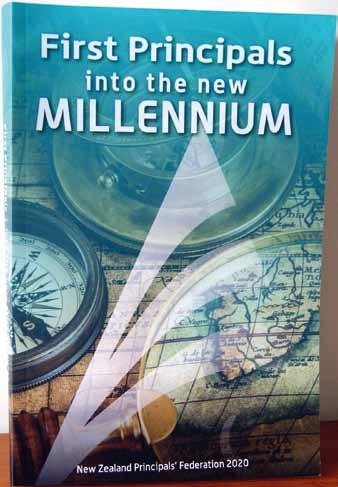WHY DO WORDS COUNT? James W. Chapman
Professor Emeritus of Educational Psychology, Massey University
Many principals, teachers, Ministry of Education The advice to students in initial teacher education programmes, officials, and politicians have expressed concerns about the promoted and supported by Department/Ministry of Education literacy performance levels of New Zealand children. Our publications since at least the early 1980s, has been on the rankings in international surveys have steadily dropped over ‘multiple cues’ theory of reading. When beginning readers come the past 50 years. In 1970 the first international literacy survey across an unfamiliar word in text, they are encouraged to use of 9-year-old children was held. New Zealand was ranked 1st. cues such as pictures, the meaning or syntax, or some of the In 1991, New Zealand ranked 6th. The first in a series of rolling letters in the word. surveys, the Progress However, in Inter nat iona l research clearly L it e r a c y Su r v e y shows that good (PIRLS) was held in readers have 2001; New Zealand strong word-level 9-year olds ranked skills, whereas 13th; in 2006, 22nd; poor readers 2011, 23rd; 2016, have weak word33rd. New Zealand level skills and ranked lowest of compensate English language for this lack by countries in the over-relying on latest (2016) survey. me aning c ues. What went wrong? Fu r t he r, w he n International learners are surveys aren’t the encouraged to use be-all and end-all non-word-level measure of learning cues (e.g., picture, The juniors learn how to put sounds together outcomes. But they syntax, developing provide an important, independent source of information. meaning—if they understand the developing meaning) they Despite various government attempts to improve the literacy lose an opportunity to pay attention to the word and to map performance of our children and to reduce the big gap between it to memory. Unfortunately, the multiple cues approach good and poor readers, things have got worse, not better. disadvantages the children who need the most help in learning The failure to improve the literacy learning outcomes of our to read. children has been attributed to poverty, increased use of digital This deeply entrenched approach to literacy instruction devices, poor parenting and home backgrounds, and poor school in New Zealand has been discredited by scientific studies of facilities. Other countries have these issues as well. Poverty and reading for nearly three decades. Extensive research shows that the use of digital devices, for example, exist in many countries, achievement in reading comprehension (reading for meaning) including the other English language countries that we now lag depends on two processes: the ability to recognise the words in behind. Virtually no policy attention has focused on our literacy text accurately and quickly, and the use of language skills such teaching methods as one of the fixable reasons for our declining as vocabulary and syntax. Progress in learning to read words performance. requires the ability to translate letters and letter patterns into New Zealand has followed a strongly constructivist approach phonological forms (i.e., letter-sound relationships). Making to literacy education for the past 30 years. This approach is based use of letter-sound relationships provides the basis for beginning on the belief that learning to read is like learning to speak; both readers to develop sight word knowledge—for building a mental abilities are said to develop ‘naturally’. The claim is that ‘children dictionary of print words. This in turn allows beginning readers learn to read themselves; direct teaching plays only a minor role’ to use their cognitive resources to focus on sentence meaning (Smith & Elley, 1994, Learning to read in New Zealand, p.87). and text integration. This view gets to the crux of the matter, which is about the role To develop links between spelling patterns and sound patterns, of word-level information in learning to read. children have to be able to segment words into phonemic
N Z Principal | N o v e m b e r 2 0 2 0
17





